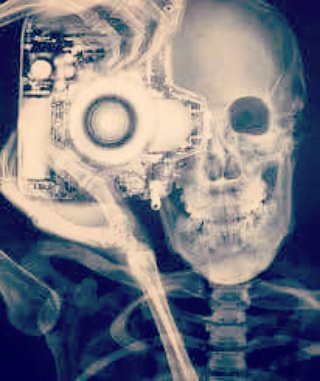Inside of the mTOR signalling pathways, the phosphorylation of the S6 protein did not alter with foodstuff  intake at I0 (Fig. six). In the non-immobilized pair-fed team, the phosphorylation of the S6 protein become considerably higher in the PP then in the PA point out in reaction to the foods lower at equally I8 (+34%) and R20 (+39%)(Fig. 6A). By contrast, in the Manage group, during the immobilization and the restoration time period, no considerable boost in the S6 protein phosphorylation was recorded in the nonimmobilized limb in reaction to foods intake (excepted at R10) (Fig. 6C). When animals have been fed the leucine-supplemented diet, the phosphorylation of S6 drastically enhanced right after food ingestion in the non-immobilized limb (+sixty one%, +fifty four% and +91% at R10, R20 and R30, respectively, PA vs. PP) (Fig. 6E). At R40, no important stimulation was recorded. With regards to the phosphorylation of 4EBP1, no big difference in between the PA and PP states was recorded possibly during the immobilization time period or the restoration time period in all teams (Fig. 6B,D,F) excepted at R30 in the leucine supplemented group (Fig. 6F).
intake at I0 (Fig. six). In the non-immobilized pair-fed team, the phosphorylation of the S6 protein become considerably higher in the PP then in the PA point out in reaction to the foods lower at equally I8 (+34%) and R20 (+39%)(Fig. 6A). By contrast, in the Manage group, during the immobilization and the restoration time period, no considerable boost in the S6 protein phosphorylation was recorded in the nonimmobilized limb in reaction to foods intake (excepted at R10) (Fig. 6C). When animals have been fed the leucine-supplemented diet, the phosphorylation of S6 drastically enhanced right after food ingestion in the non-immobilized limb (+sixty one%, +fifty four% and +91% at R10, R20 and R30, respectively, PA vs. PP) (Fig. 6E). At R40, no important stimulation was recorded. With regards to the phosphorylation of 4EBP1, no big difference in between the PA and PP states was recorded possibly during the immobilization time period or the restoration time period in all teams (Fig. 6B,D,F) excepted at R30 in the leucine supplemented group (Fig. 6F).
In vivo submit-prandial protein synthesis in nonimmobilized gastrocnemius muscles of aged grownup rats fed the Handle, LEU, WHEY, and Substantial PROT eating plans. In vivo protein synthesis is expressed for every team in % of I0 at I8 (end of immobilization time period) and R40 (finish of restoration period of time, i.e. soon after 40 days of dietary supplementation) for Protirelin (Acetate) Experiment one (Handle and LEU groups) and Experiment 2 (WHEY and Substantial PROT groups). LEU, leucine WHEY, whey protein Large PROT, higher protein I0, before immobilization I8, eight days of casting R40, 40 days of recovery. Knowledge are implies six SEM.
Kinetic protein synthesis measurement in non-immobilized gastrocnemius muscle tissues of PAIR-FED, Handle and LEU outdated grownup rats. Muscle protein synthesis at I0 and I8 in the post-absorptive and the put up-prandial states for every time is expressed as the complete synthesis charge (ASR), i.e. the amount of proteins synthesized in mg.day21 for rat fed the pair-fed (A), Management (B) and LEU (C) eating plans. LEU, leucine IM, immobilization time period I0, ahead of immobilization I8, eight days of casting R10 to R40, 10 to forty days of restoration PA, submit-absorptive state PP, postprandial condition. P,.05, PA vs. PP. Values with distinct letters are significantly distinct from each other.
The Complete Synthesis Fee (ASR) was calculated in mg/day, i.e. the volume of proteins synthesized each working day. In between R20 and R40, i.e. when muscles atrophied, whole ASR was positively correlated with the amount of proteins calculated into the gastrocnemius muscle tissues across all teams (Fig. seven, R2 = .993), demonstrating that12942141 the efficiency of protein synthesis was correlated with the muscle mass protein content material. With leucine and handle eating plans, this correlation was adverse i.e. less proteins had been synthesized at R40 when compared with R20 (280 and 240 mg for Leucine and Manage teams, respectively). With whey and substantial protein diet plans, the correlation was positive, that i.e. at R40 as a lot or much more proteins had been synthesized vs. R20.
We demonstrated that a basic adverse celebration (i.e. a relatively quick interval of immobilization) with no any related pathology and which is localized only to 1 limb, has deleterious implications by inducing a delayed generalized muscle decline in aged grownup rats. This sort of situations may be connected to the geriatric frailty syndrome that places older folks at higher risk for adverse outcomes these kinds of as falls, incapacity, morbidity and institutionalization [70].